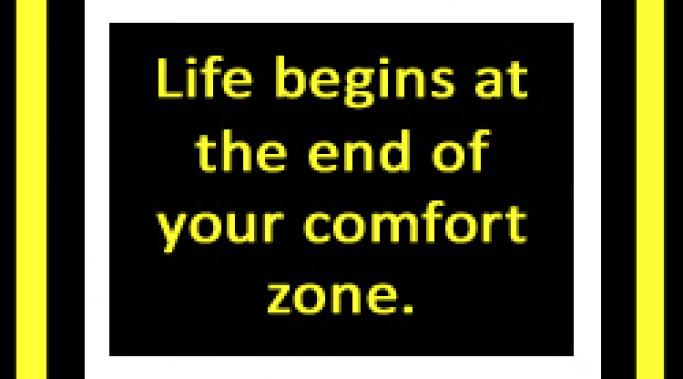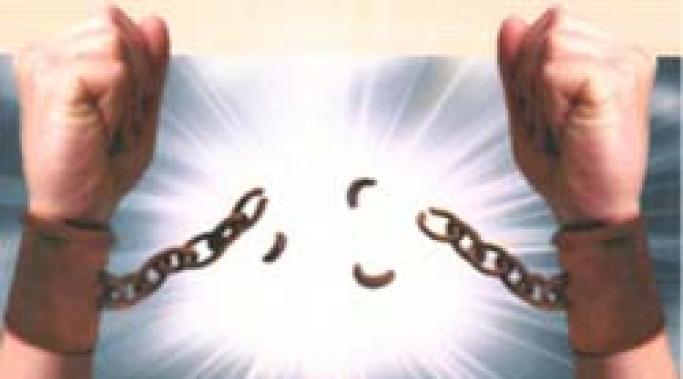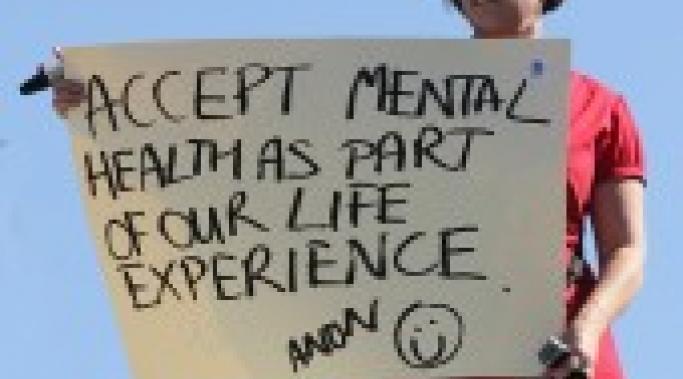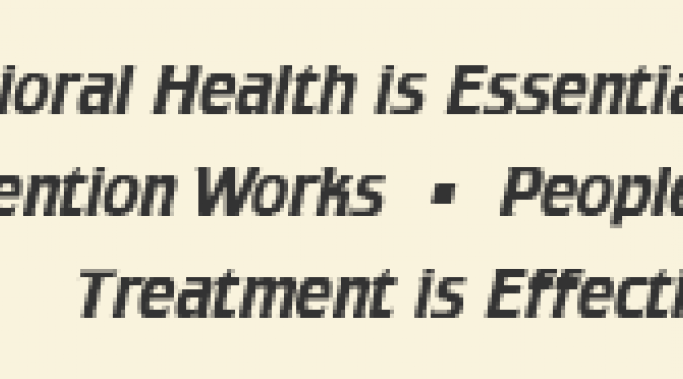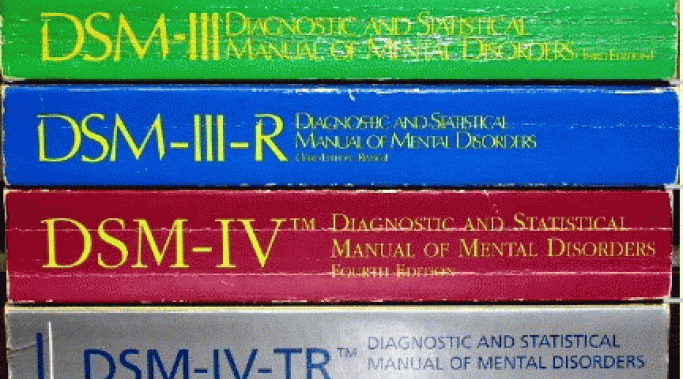Addiction is cunning, baffling and powerful. Its sole mission is to make our lives a living hell. It brings along with it a number of its companions: denial, rationalization, and blame, to name but a few. Living with addiction is like living in a prison – one in which one feels there is no escape.
Addiction Treatment
Addiction recovery, or for that matter, any recovery, requires a certain amount of patience in yourself as you learn new healthy coping skills. Some people who struggle with addiction have struggled for years, and brain pathways have developed around the craving and use of substances. In order to change behaviors, there is absolutely going to be an amount of time where you feel uncomfortable, unsure of yourself, and feel out of your comfort zone. That is because the addiction was the comfort zone for so long, no matter how devastating the consequences.
Addiction is death. I don’t just mean physical death. I mean emotional, mental and spiritual death as well. Addiction has the ability to destroy lives – and I should know. I have seen first-hand how addiction has destroyed relationships, leaving individuals broken and beaten down. I have this experience.
There are many reports from women who report they use drugs to help lose and maintain weight, especially by using methamphetamine, speed and cocaine. A report by the National Institute on Drug Abuse revealed that meth, the only drug which women use at rates equal to or greater than men, has become the fastest growing illicit drug of choice among young women. One of the reasons for use is related to physical appearance and weight loss.
In 2008, the passage of the Paul Wellstone and Pete Domenici Mental Healthy Parity and Addiction Act was a huge and historic story. It was a 12 year fight by mental health advocates and championed by the late Minnesota Sen. Paul Wellstone. The parity act was passed in order to require insurance companies to treat mental health on an equal basis with physical illnesses, when policies covered both. Wellstone’s son had championed for years on behalf of his father after Wellstone’s death from a plane crash in 2002.
When in recovery from an addiction, feelings and emotions can often be overwhelming. it is common to want to run from feelings, and numb out from tough emotions. In early recovery and sobriety, it is important to learn healthy coping skills and learn how to feel all feelings, process the emotions, and learn from the experience. Here are 5 ways to approach triggering emotions in sobriety.
I was so honored to hear I had won a Bronze Award for this blog on HealthyPlace from the Web Health Awards for Summer/Fall 2011! I want to extend and share my congrats to Natasha Tracy (Breaking Bipolar Blog) and Randye Kaye (Mental Illness in the Family blog) for awards received as well!
Over the weekend, I received an email about the work of government agencies (specifically the SAMHSA) and new policy initiatives designed to reduce and prevent behavioral health problems.
When I went into residential addiction treatment, I really enjoyed the variety of experiences, backgrounds, ages, and diversity within the group. It helped me feel that no matter how different we were, we had critical things in common that tied us and made us a small community of support to one another. I have been thinking a lot about the importance of a sense of belonging to a community in recovery and life, as well as the benefits gained within residential treatment that helps long-term recovery success.
Since this is a blog on “Addiction” I thought it would be important to discuss the diagnostic criteria and terminology the Diagnostic and Statistical Manual of Mental Disorders (DSM-IV) uses, because the current manual does not include the word “addiction.” The current manual uses substance abuse and substance dependence. For the definitions and criteria on what substance abuse and dependence is see here.

